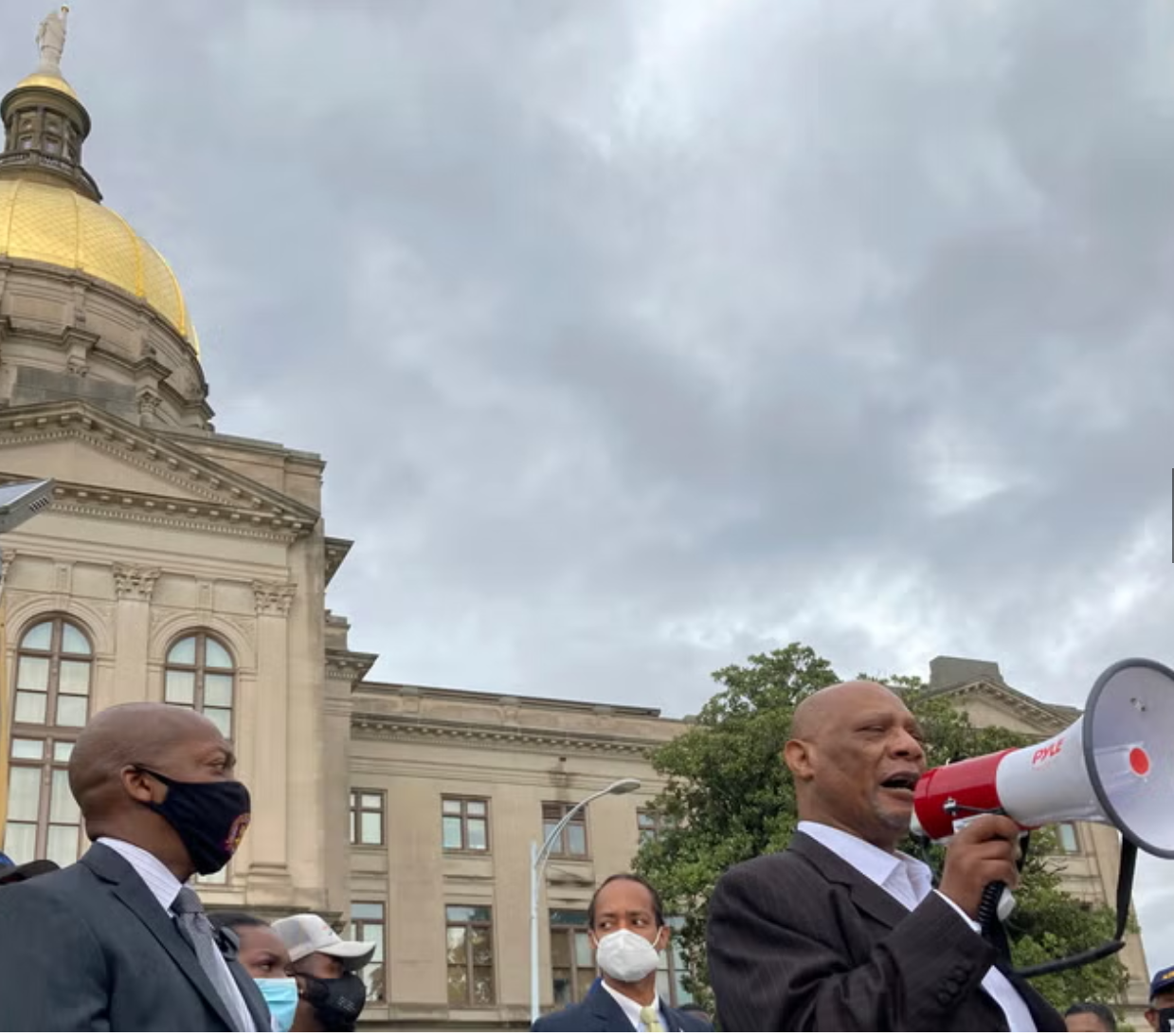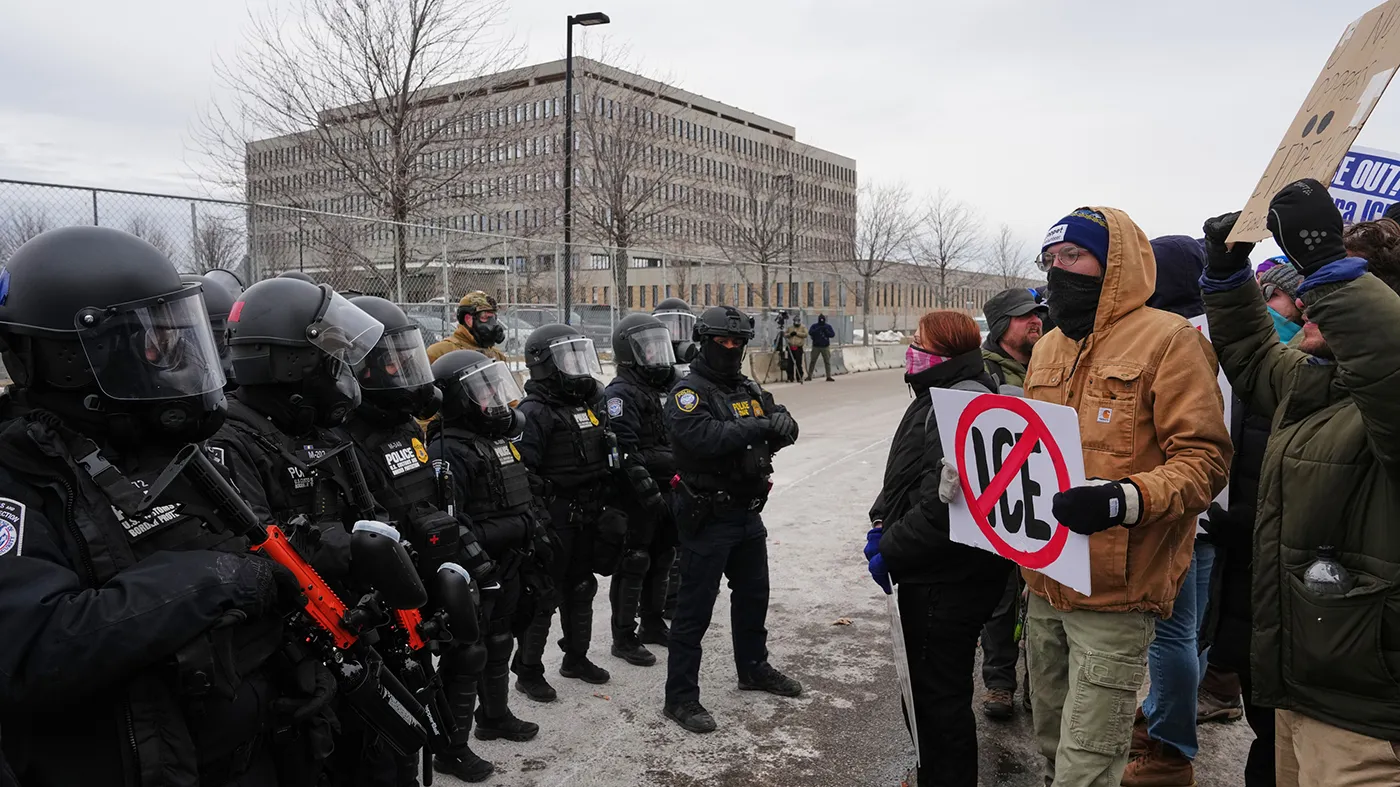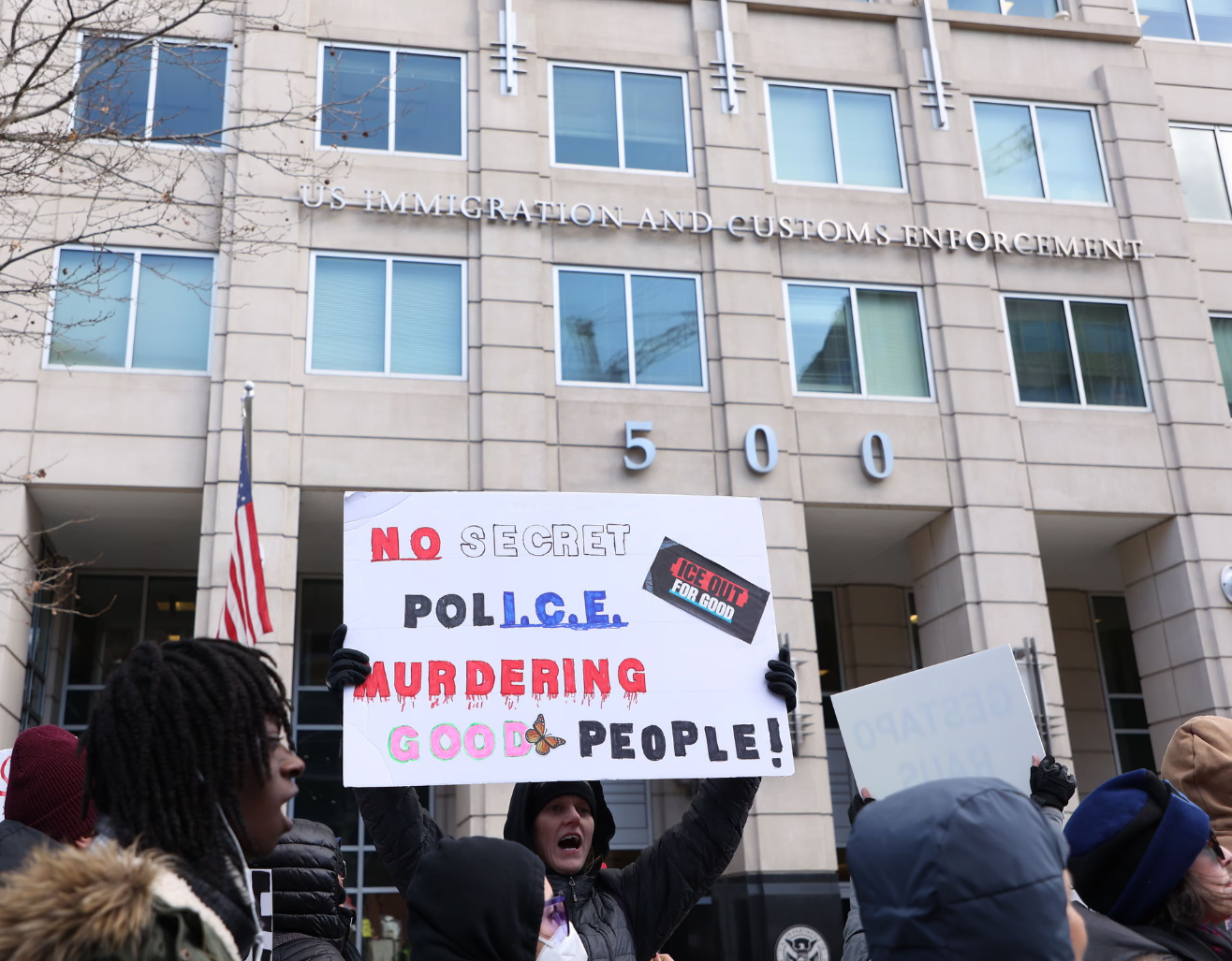This week’s Supreme Court decision ordering Alabama to redraw its congressional maps was seen by many minority lawmakers and voting rights activists as a stunning victory with the potential to become a major stepping stone for undoing gerrymandered political maps that dilute the political strength of communities of color
This week’s Supreme Court decision ordering Alabama to redraw its congressional districts was seen by many minority lawmakers and voting rights activists as a stunning victory with the potential to become a major stepping stone for undoing political maps that dilute the strength of communities of color.
Hank Sanders, a former Alabama state lawmaker who has long been politically active in the state, knew there would be a decision since the court heard arguments in the case last fall. He was not anticipating being happy with the outcome, given that previous rulings of the conservative-leaning court had essentially gutted some of its most important provisions.
“I was afraid they were going to go ahead and wipe out section 2,” he said, referring to the part of the Voting Rights Act at stake in the Alabama case.
He was at his law office Thursday in Selma, scene of one of the most pivotal moments in the Civil Rights Movement, when news of the 5-4 ruling in favor of Alabama’s Black voters was announced.
“It was a surprise that was good for my day,” he said.
How the decision will affect similar lawsuits against political maps drawn in other states is unclear, although voting rights groups say the ruling provides firm guidance for lower courts to follow.
The court majority found that Alabama concentrated Black voters in one district, while spreading them out among the others to make it much more difficult to elect more than one candidate of their choice. Alabama’s Black population is large enough and geographically compact enough to create a second district, the judges found. Just one of its seven congressional districts is majority Black, in a state where more than one in four residents is Black.
Similar maps have been drawn in other states, primary by Republican-controlled legislatures.
Kareem Crayton, the Brennan Center’s senior director for voting and representation, called the court’s decision “a welcome surprise” and said challenges to the maps in Louisiana and Georgia were the most similar to the Alabama case.
While it was considering the Alabama case, the Supreme Court had placed a hold on a lower court ruling in Louisiana allowing creation of a second majority-Black district. That’s now likely to be lifted. A federal judge last year also ruled that some of Georgia’s U.S. House and state legislative districts likely violated the Voting Rights Act, but he had allowed the districts to be used in the 2022 elections because it was too close to the election to redraw them.
Maps in all three states could have to be redrawn for the 2024 elections.
Louisiana Gov. John Bel Edwards, a Democrat, said in a statement that the court’s action reaffirmed his own belief that Louisiana’s map, which was drawn by the Republican-controlled Legislature, violated the law.
How the decision will affect similar lawsuits against political maps drawn in other states is unclear, although voting rights groups say the ruling provides firm guidance for lower courts to follow.
The court majority found that Alabama concentrated Black voters in one district, while spreading them out among the others to make it much more difficult to elect more than one candidate of their choice. Alabama’s Black population is large enough and geographically compact enough to create a second district, the judges found. Just one of its seven congressional districts is majority Black, in a state where more than one in four residents is Black.
Similar maps have been drawn in other states, primary by Republican-controlled legislatures.
Kareem Crayton, the Brennan Center’s senior director for voting and representation, called the court’s decision “a welcome surprise” and said challenges to the maps in Louisiana and Georgia were the most similar to the Alabama case.
While it was considering the Alabama case, the Supreme Court had placed a hold on a lower court ruling in Louisiana allowing creation of a second majority-Black district. That’s now likely to be lifted. A federal judge last year also ruled that some of Georgia’s U.S. House and state legislative districts likely violated the Voting Rights Act, but he had allowed the districts to be used in the 2022 elections because it was too close to the election to redraw them.
Maps in all three states could have to be redrawn for the 2024 elections.
Louisiana Gov. John Bel Edwards, a Democrat, said in a statement that the court’s action reaffirmed his own belief that Louisiana’s map, which was drawn by the Republican-controlled Legislature, violated the law.
Associated Press writers Ayanna Alexander in Washington; Christina A. Cassidy in Atlanta; Sara Cline in Baton Rouge, Louisiana; Acacia Coronado in Austin, Texas; David A. Lieb in Jefferson City, Missouri; and Kevin McGill in New Orleans contributed to this report.




